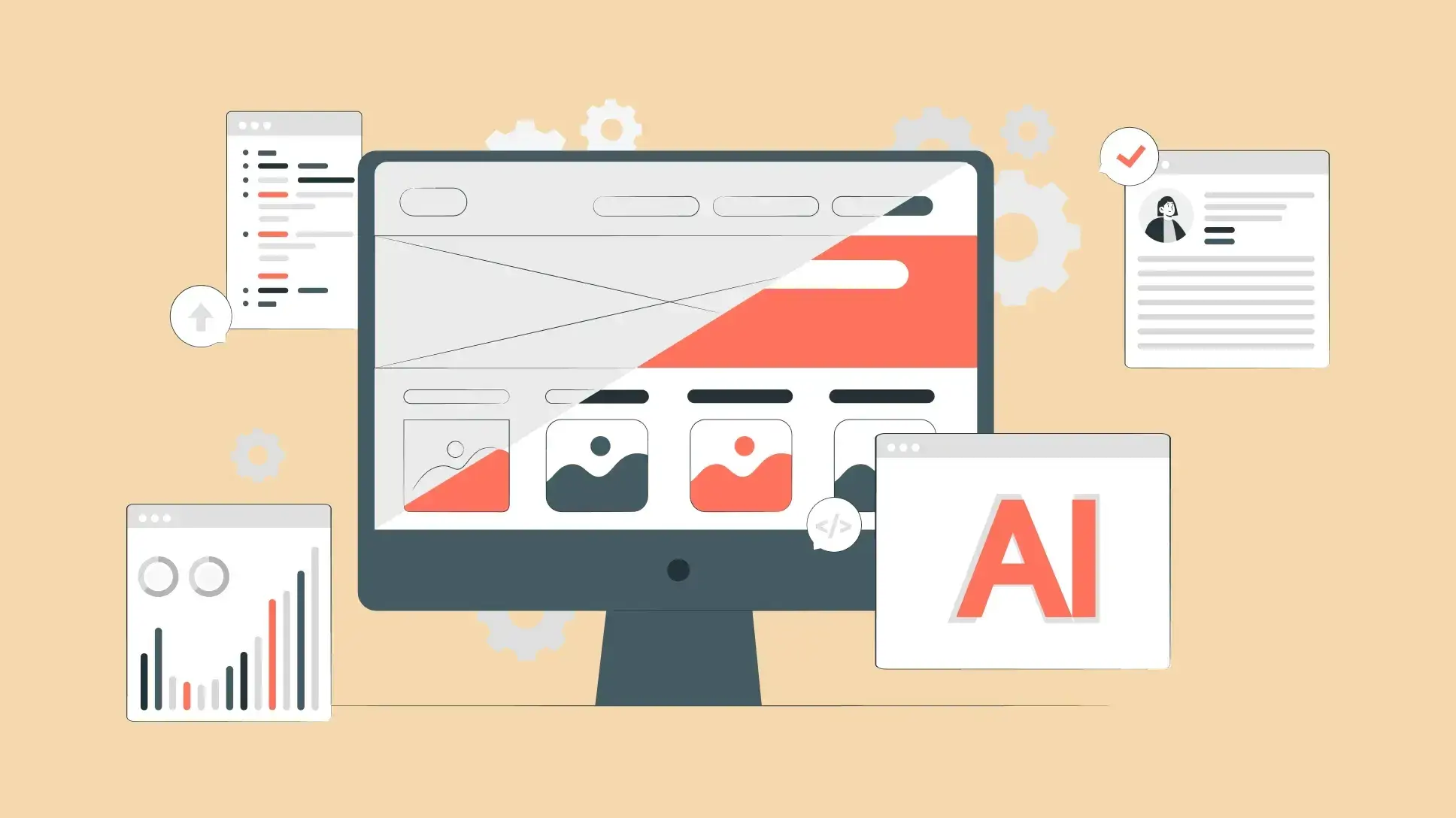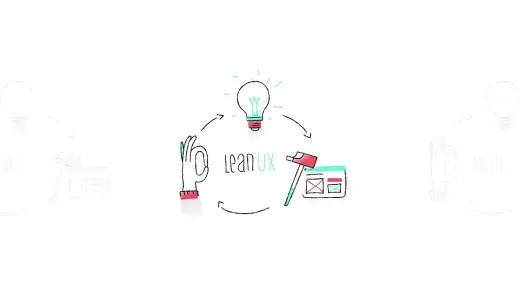Designing for Accessibility: WCAG Explained

You are trying to access a website and all that is presented before you is text that is too small to read, colors that blend into each other, and buttons that don’t seem to work without a mouse. Sometimes, it’s a small problem with a few individuals, but it’s a reality for millions of the disabled. To solve this issue, developers and designers use Web Content Accessibility Guidelines (WCAG) to make websites usable for all people regardless of their skills. In this blog, we will explain these guidelines and show you how to apply them in your design effectively.
Why is WCAG?
1. Definition
WCAG (Web Content Accessibility Guidelines) attempts to provide disabled individuals with more extensive access to online materials. WCAG is well known across the globe and serves as a foundation for several laws and regulations, like the Americans with Disabilities Act (ADA) and the European Accessibility Act. It assists in ensuring that web content is perceivable, operable, understandable, and robust (POUR). These guidelines allow developers and designers to make web content that is usable irrespective of the user’s ability.
2. Brief History
WCAG was developed by the Web Accessibility Initiative (WAI) of the World Wide Web Consortium (W3C) in 1999. It has undergone multiple revisions, with each version introducing improvements over the previous one. Here’s a brief overview of the versions:
- WCAG 1.0 (1999): Aimed to address the creation of a systematic approach that makes digital materials available to people with disabilities.
- WCAG 2.0 (2008): Marked the emergence of core accessibility principles, especially about perceivability, operability, understandability, and robustness (POUR).
- WCAG 2.1 (2018): Added new provisions for mobile accessibility, users with low vision, and users with cognitive disabilities.
- WCAG 2.2 (2023): Looks to improve the usability for persons having cognitive and learning disabilities, including new success criteria such as focus appearance and dragging movements.
- WCAG 3.0 (Upcoming): Aims to provide a more flexible approach to accessibility, addressing emerging technologies and user needs.
The Four Principles of Accessibility (POUR)
WCAG is built on four key principles:
1. Perceivable
Content should always be designed so users with disabilities can see it. That means an individual with any disability can get information in multiple formats. For example, people with low vision benefit from high contrast between text and background, so black text on a white background is best. Moreover, images have text alternatives allowing screen readers to convey their content to impaired users.
2. Operable
Navigation and interaction should be possible for all users regardless of physical ability. For people who can’t use a mouse, it’s important that the website can be navigated with a keyboard. Features that auto-play audio or video without user control should be avoided as they can interfere with accessibility tools and cause trouble for users who need to focus on reading or navigating the page.
3. Understandable
Another principle requires that the content must be presented in a way users can read and predict. Using plain language instead of technical terms makes content more accessible to users with cognitive disabilities. Clear instructions, logical navigation, and familiar patterns help users interact with content without getting lost. A predictable and organized website reduces frustration and improves usability for all audiences.
4. Robust
Web content should be able to work with multiple assistive technologies. That means using HTML and CSS so pages load and work consistently across browsers and assistive tools like screen readers. A well-coded website won’t break with new technologies so content is more reliable for all users.
Levels of WCAG Compliance
The Web Content Accessibility Guidelines compliance is divided into three levels: A, AA, and AAA
Level A is the simplest, with things like text descriptions for visual elements and being able to navigate the website with a keyboard.
Level AA is the next level, with a minimum color contrast ratio of 4.5:1 and form input labeling.
Level AAA is the highest level of WCAG compliance and offers an even more inclusive experience. This includes sign language for all audio and a contrast ratio of 7:1 for better readability.
Benefits of WCAG Compliance
1. Enhanced User Experience
Your website becomes usable by all people, including those with disabilities, through WCAG compliance. This means a greater user experience overall since the website is more user-friendly and interactive for every user.
2. Broader Audience Reach
By making your website accessible, you can open it up to a wider audience, including the estimated 1 billion people worldwide who live with disabilities. This may increase traffic and customer loyalty for the business.
3. Legal Compliance
Many countries have included the WCAG guidelines within their laws on digital accessibility. Following these guidelines helps in evading potential lawsuits and legal fines as well as demonstrates your effort toward inclusivity.
4. Positive Brand Image
Prioritizing accessibility shows that your organization values diversity and inclusion, which can enhance your brand’s reputation and build trust with your audience.
5. Future-Proofing Your Website
WCAG guidelines are designed to be adaptable to new technologies. By adhering to these standards, you ensure your website remains accessible as technology evolves.
Tools to Support WCAG Testing
Ensuring that everything is fully compliant with WCAG standards can often be a challenge. Therefore, I recommend several tools that can help you assess and enhance your website’s accessibility. Here are a few popular tools:
1. WAVE
WAVE is a free tool that provides visual feedback about the accessibility of your web content. It highlights errors, alerts, and features that need attention, making it easier to identify and fix issues.
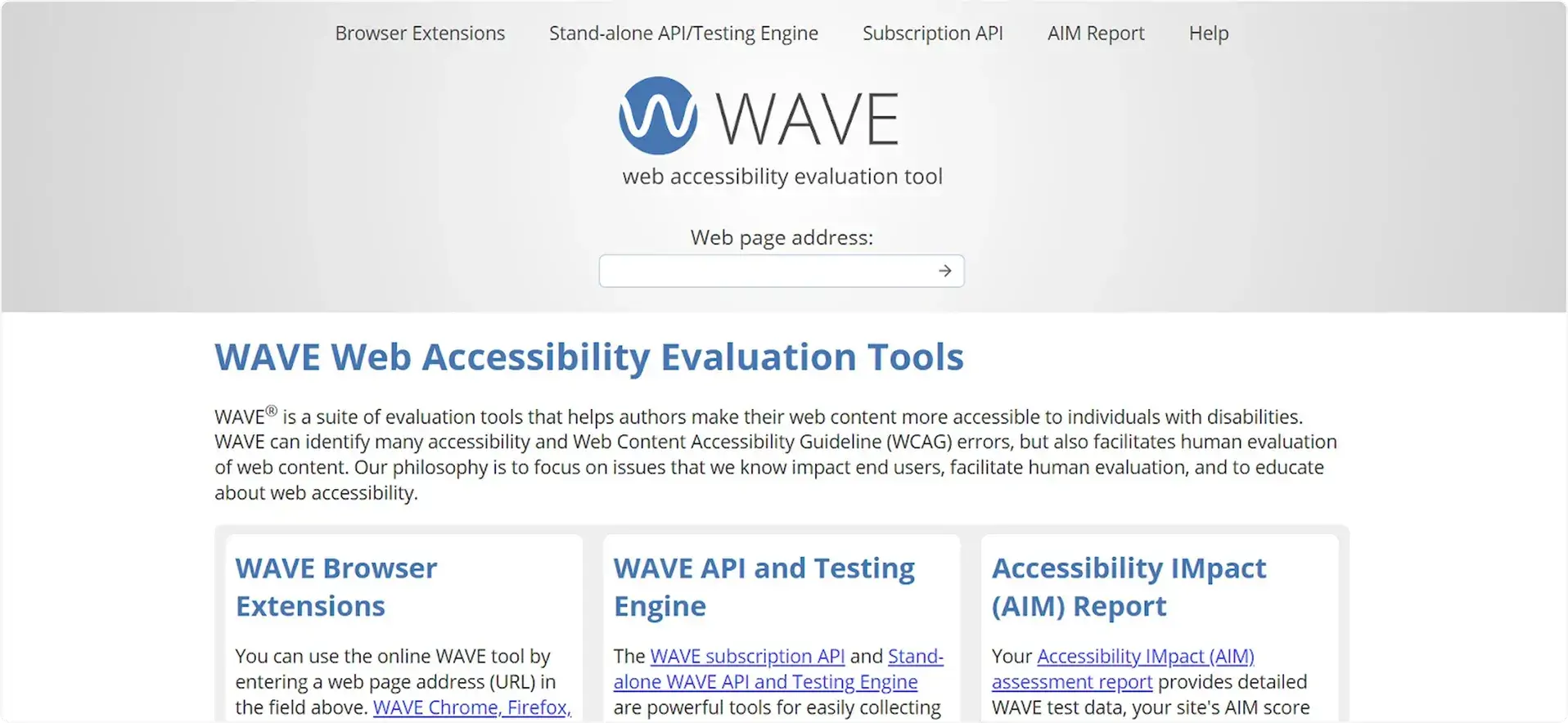
2. AXE
AXE is a powerful accessibility testing tool that integrates with browsers and development tools. It assists developers in noticing and resolving accessibility problems during the development stage.
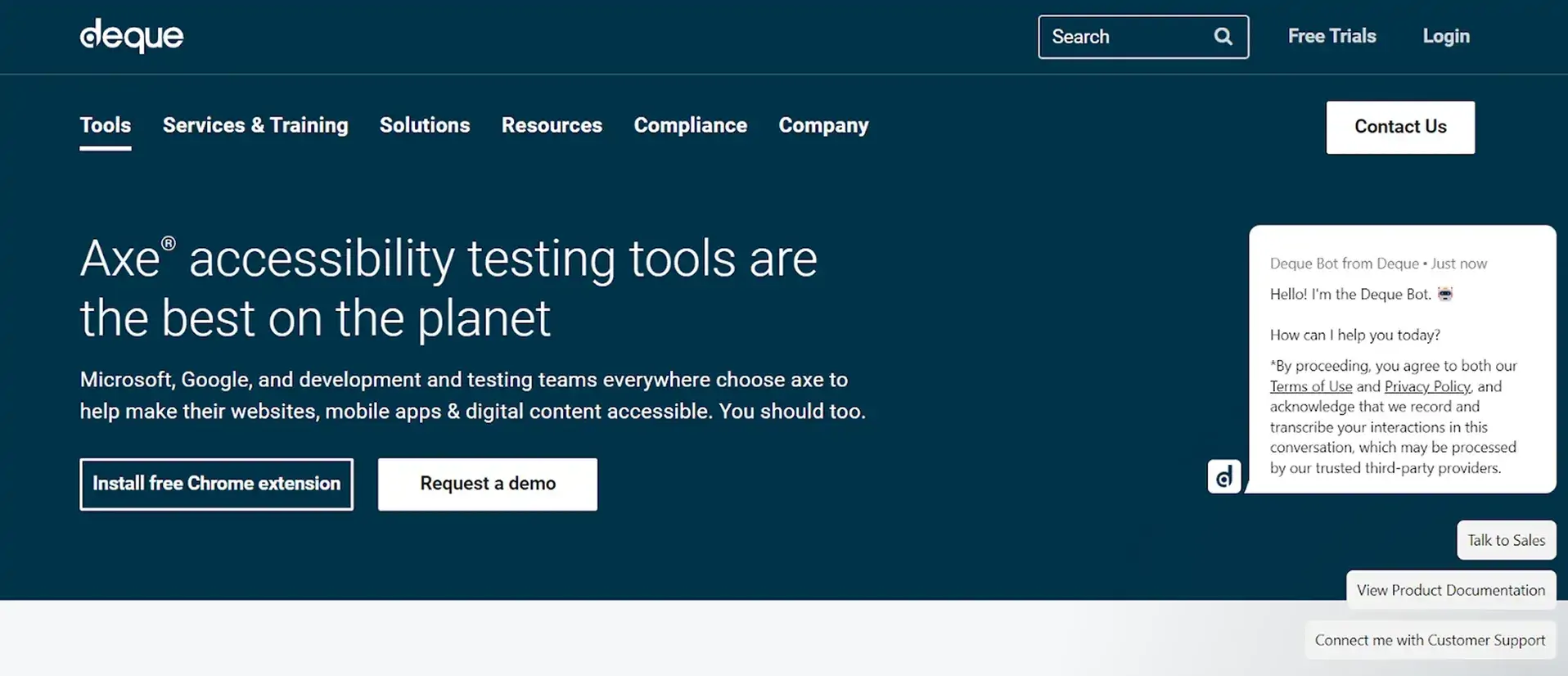
3. Lighthouse
As a free and open-source automated tool, Lighthouse serves to improve the quality of web pages. Its features also include conducting accessibility audits to make sure WCAG guidelines are followed and suggesting how the issue may be resolved.
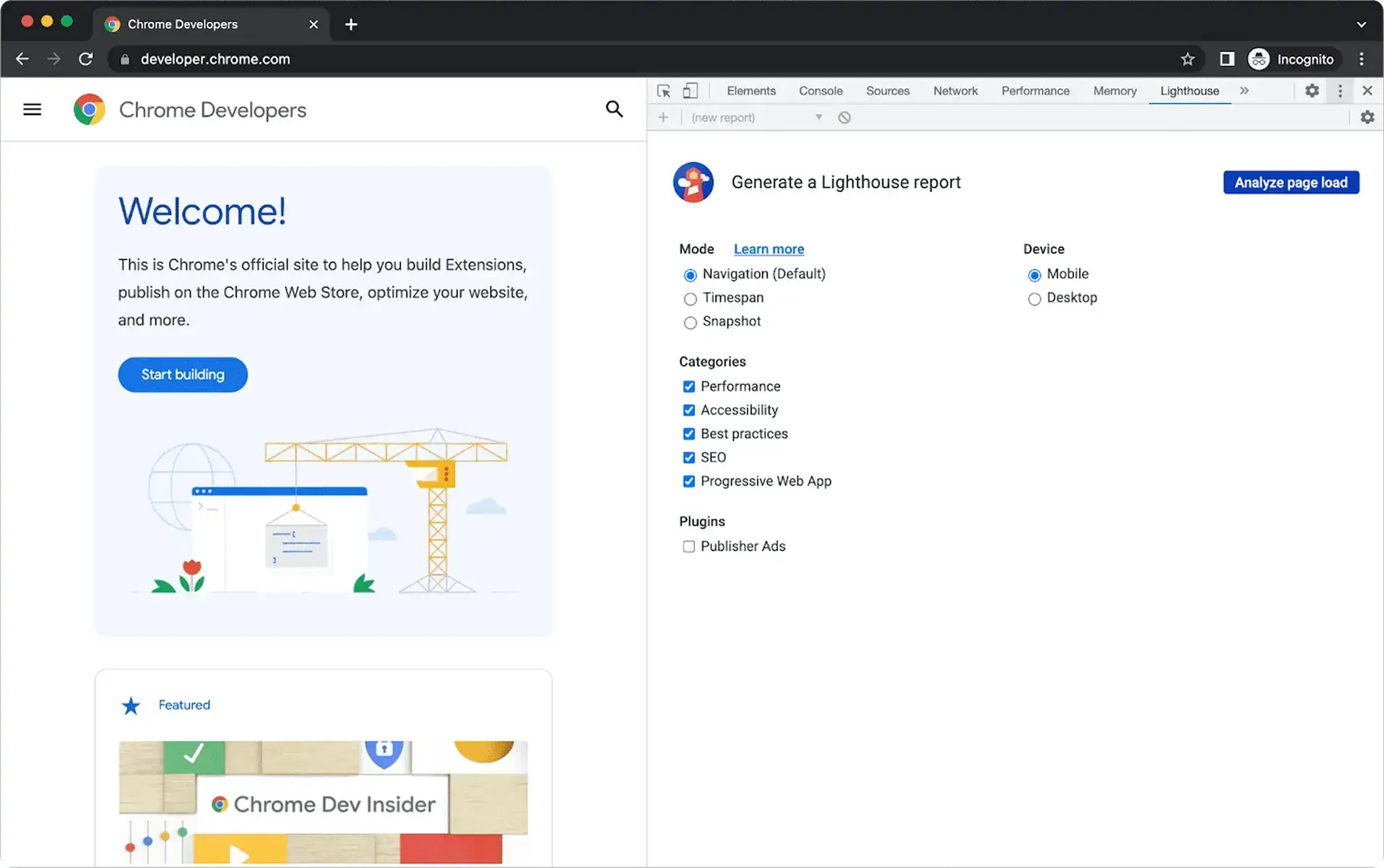
4. Color Contrast Checkers
Tools like WebAIM’s Color Contrast Checker or Contrast Ratio help ensure your text and background colors meet WCAG’s contrast requirements, making content readable for users with visual impairments.
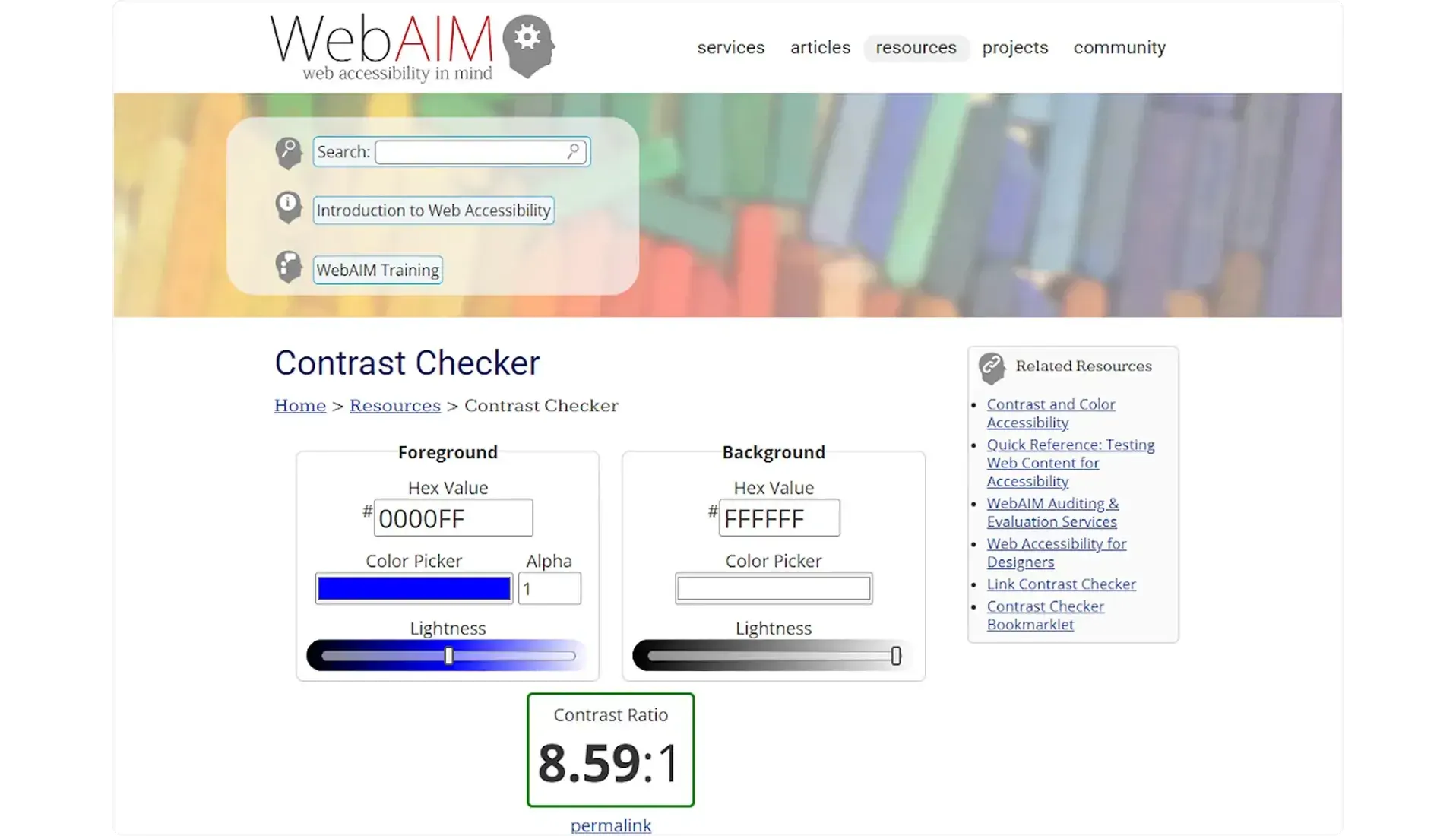
5. Screen Readers
JAWS and NVDA are powerful tools that allow for easy navigation within your website from the perspective of a visually impaired user. This allows to detect most of the navigation and content problems.
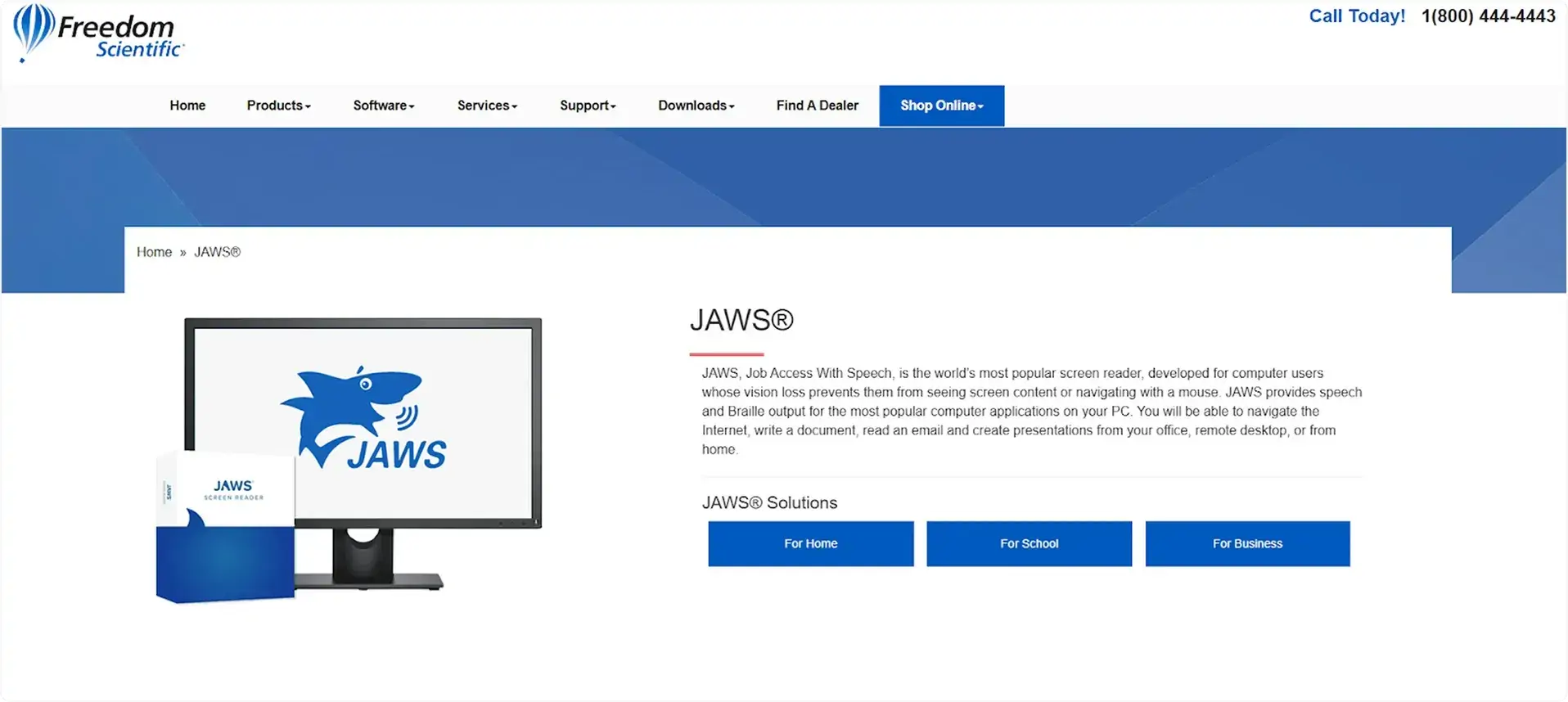
Conclusion
Accessibility is fundamental to creating a digital experience. By following WCAG, you ensure your site or app is usable by everyone including people with disabilities. From providing text alternatives and keyboard accessibility to maintaining color contrast and responsive designs, each guideline plays a big role in removing barriers and usability. Let’s work together to build a web that is not just functional but inclusive so no one is left behind.
References
https://www.levelaccess.com/blog/web-content-accessibility-guidelines-wcag/?utm_source=chatgpt.com
https://www.w3.org/WAI/tips/designing/?utm_source=chatgpt.com
